Look! We built that.
It’s really not so big of an accomplishment, having now built one I can assert that hoop houses are quite easy to build (relatively speaking).
So without further ado, here is the whole process.
We decided that we’d love to have a semi-mobile hoop house and that required building said hoop house on skids. Here we’ve got a trio of 4″x6″x14′ timbers (pressure treated, of course) that make up one skid.
The hoop house is a 14′ wide, 36′ long contrapion that we bought from FarmTek.
The FarmTek kit is supposed to be anchored by pounding these big pipes into the ground. Having chosen skids, this was obviously going to have to change.
We chose to drill some big holes (1.75″ holes to be exact) into, but not all the way through, the skids to accept the pipe. There was just the small matter of cutting off most of the pipe to get rid of the bit that was supposed to go underground.
To make sure it all doesn’t come apart in a stiff breeze, the pipe is “pinned” to the skid with a nice big lag bolt. The rest of it goes together pretty much according to the instructions.
After looking at the High Tunnel Hoop House Construction Guide [PDF] from University of Illinois Extension, I’m convinced that I could do another hoop house for cheaper, but the FarmTek kit was a pretty nice place to start for a beginner.
The Hoop House Construction Guide got me all adventurous and made me try out a roll-up side. That ended up being a fantastic decision.
The FarmTek kit pretty much leaves you to finish the ends of the hoop house as you will. One end of ours got a big window, about 2’x6′.
The other end got the old screen door that used to grace the side of the farmhouse.
After a few days of waiting for the weather to cooperate (winds gusting to 40mph aren’t ideal conditions) we managed to get the greenhouse film stretched over the frame.
The film, which is really a fancy name for 6mil UV-stabilized plastic is held in place by this nifty stuff called “wiggle wire.” Ripping down 1″ lumber for battens is certainly cheaper than using the aluminum channel and wiggle wire, but the wire gives you the ability to go back and fix any mistakes without ruining the greenhouse film, a hefty advantage to us hoop house n00bs.
No building would be complete without a little sharpie art by the flamboyantly-dressed artist-in-residence.
After skinning the ends with greenhouse film there wasn’t much to do but wait for the first order of chicks to come in. Fortunately, we didn’t have to wait for long, having had only finished the hoop house a scant 24 hours before the chicks were due to arrive.
The next day, when the chicks arrived we got a crash course in solar radiation, thermo-regulation and the promise of a much less fossil-fuel-intensive manner of brooding chickens.
I quickly found out that the hoop house (with the window, door and roll-up side closed) is capable of reaching internal temperatures in excess of 120°F in the sun. While chicks need some pretty stifilingly-warm temperatures to be comfortable, 120°F is too darn warm. Thankfully the roll-up side makes a quick work of ventilating such a space.
The rest of the chick-comfort problem was solved by the addition of some additional shade via an old tarp hung in the big fat middle of everything. The big metal disc under the tarp is our propane brooder that keeps the chicks warm at night. In it’s former location inside the barn, the propane brooder had to run all day as well. This year, thanks to all the free solar heat in the hoop house, the brooder never kicks on during the day.
All told the hoop house is working out well for a brooder, it just demands a fair bit of vigilance in getting the ventilation setup every morning when the sun comes out. This already has us kicking around ideas about building a dedicated brooder-house sometime in the future, something with a little more thermal mass and insulation. The hoop house (and a warm spring) have allowed us to start chicks over a month earlier than last year. We’re always looking for ways to brood chicks earlier, because that means we can have chicken to sell earlier in the market season.


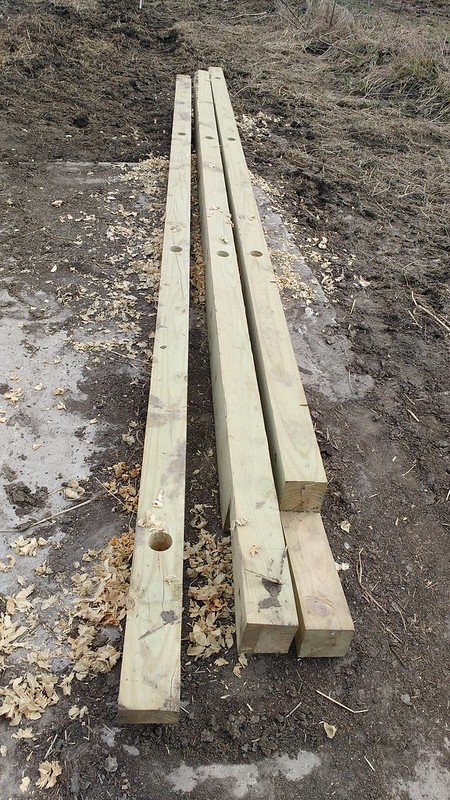
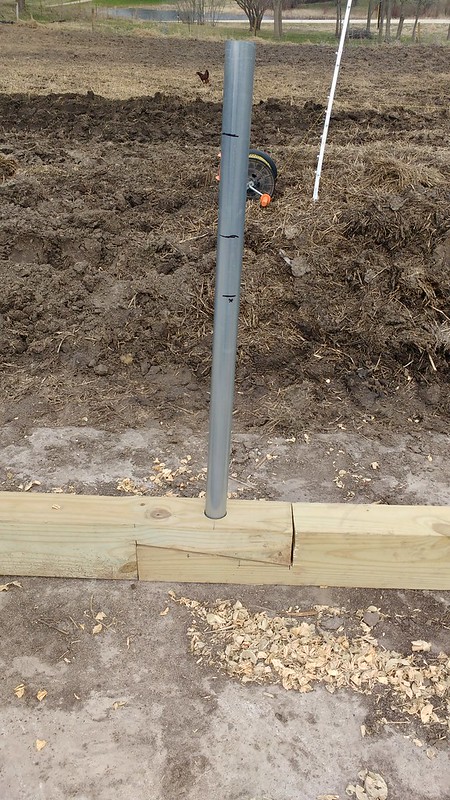
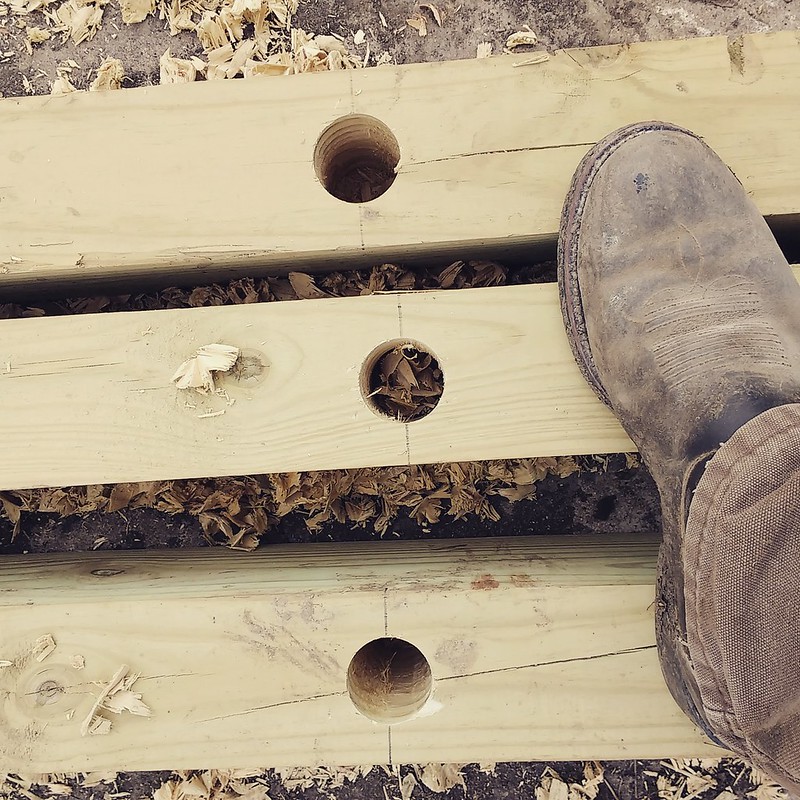
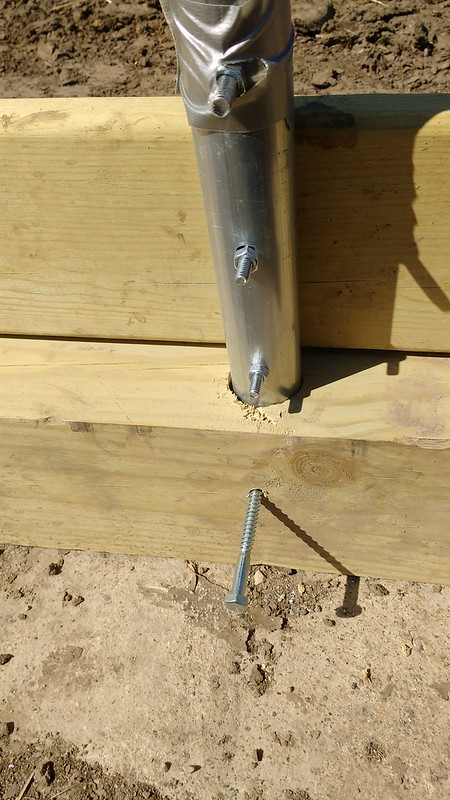
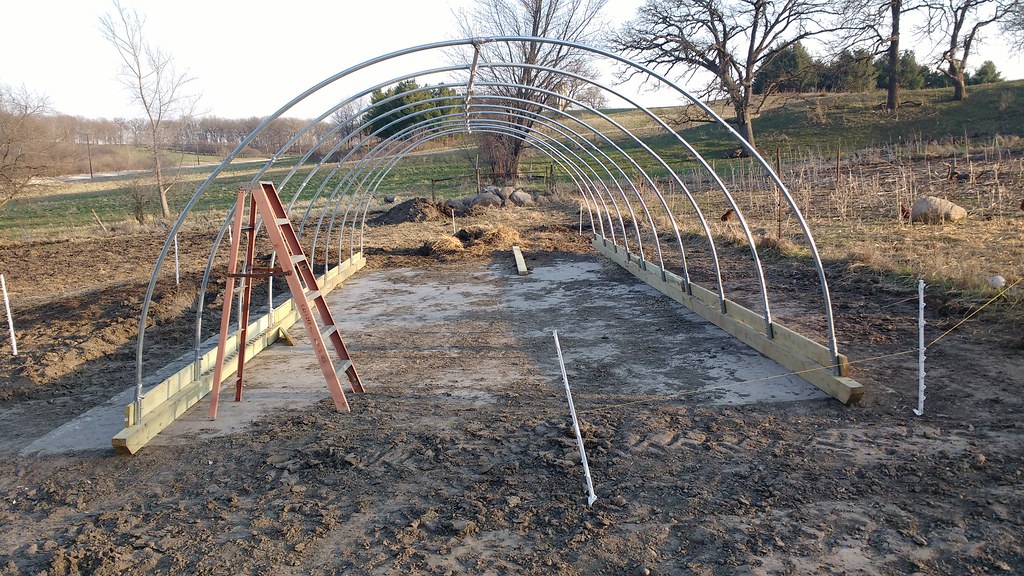
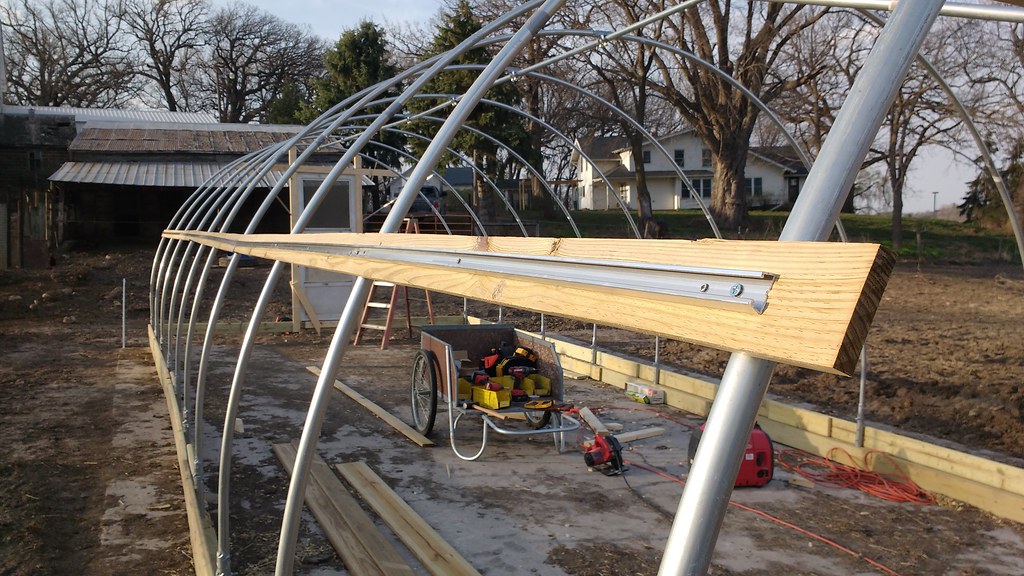

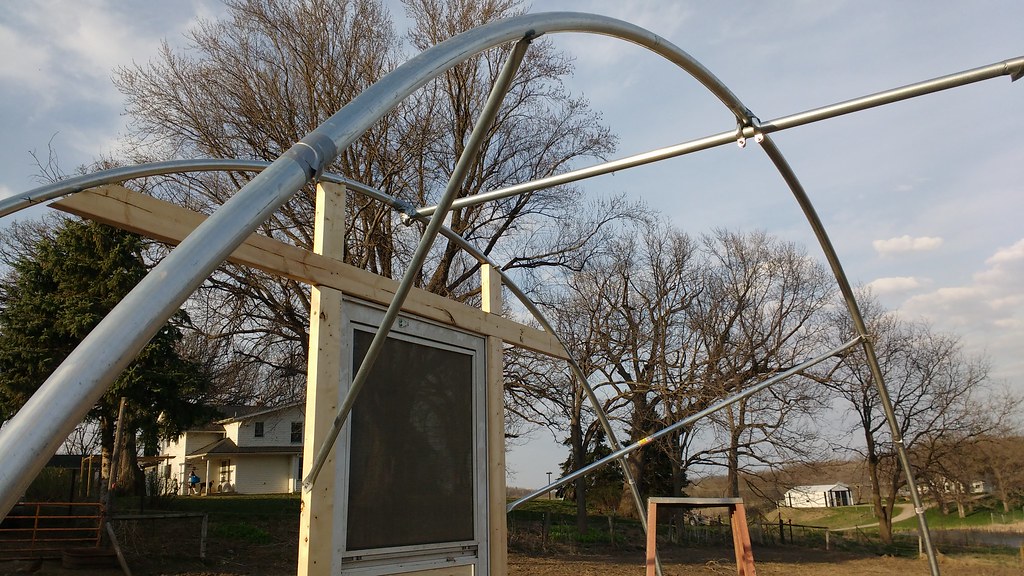




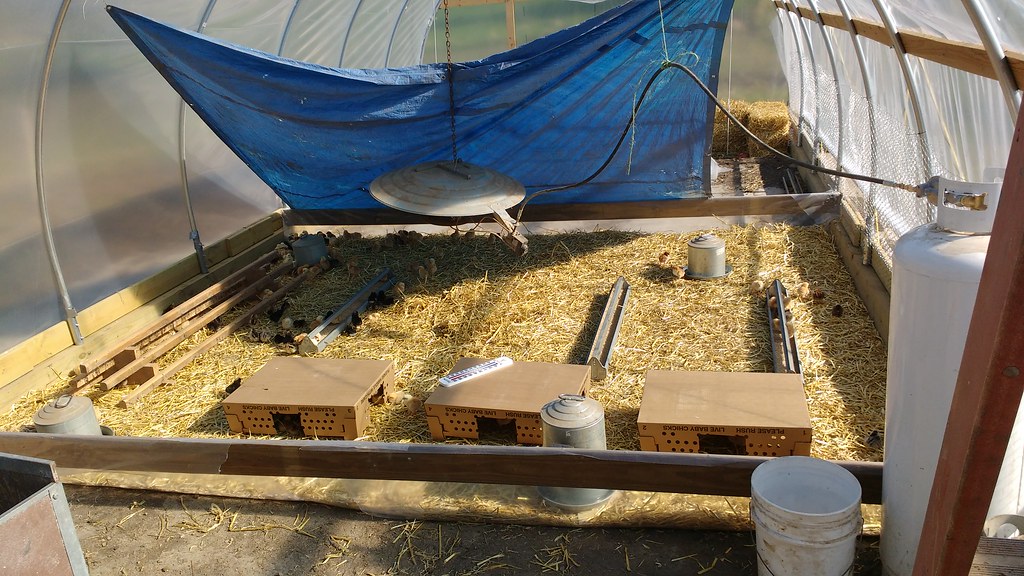
BEAUTIFUL…very informative